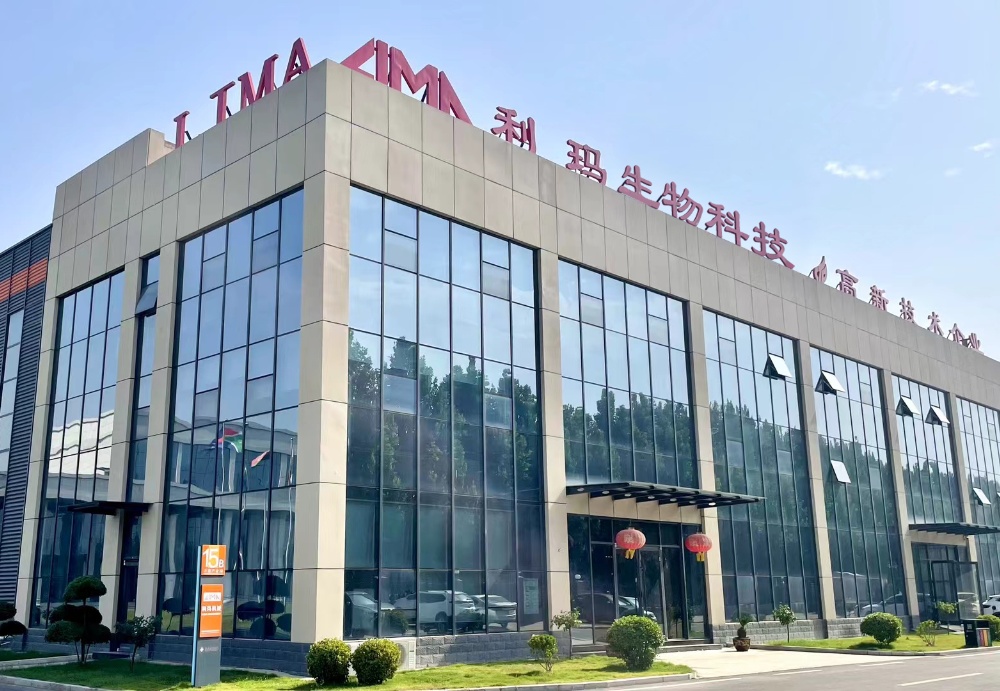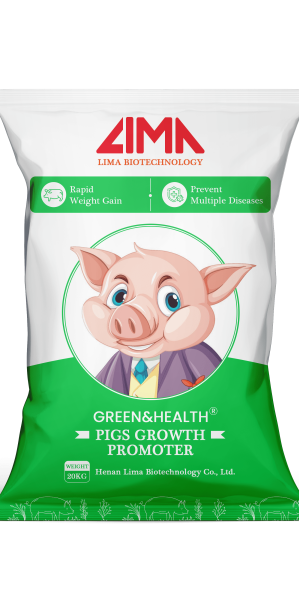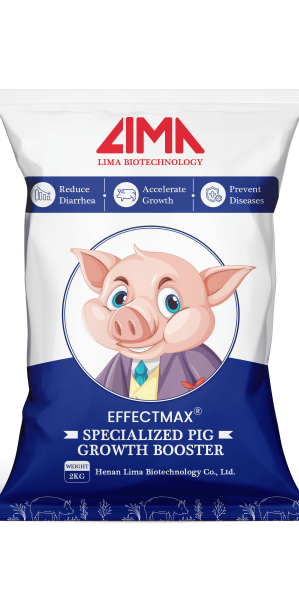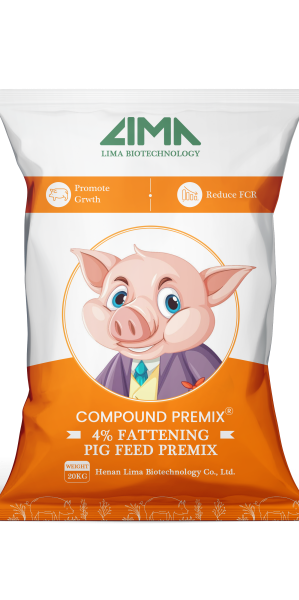In Ghana, how to grow pigs quickly and healthily has been a major concern for farmers. This article will provide practical methods and suggestions for pig farmers in Ghana in terms of feed formulation, disease prevention and control and growth environment optimization.
What feed makes pigs grow faster?
Formulate Good Pig Feeds
Quality feeds are fundamental to achieving optimal pig growth. Pig feeds should not only meet their needs to sustain growth and reproduction, but also contain adequate vitamins. In Ghana, farm grains such as maize, rice and soybeans are the most common and high quality food sources for pigs. Of these, maize-based feeds are particularly commonly used because they are rich in easily digestible carbohydrates, low in fiber and cost-effective. Also, other vitamins, proteins and some antimicrobial compounds should be added to the feed in order to inhibit the growth of natural bacteria that may be harmful to pigs.
Choosing the Right Protein Source
Selecting the right protein source is critical to maximizing weight gain in pigs. Amino acids and peptides in protein are the building blocks needed for growth, and throughout the pig's life cycle, amino acids are essential for muscle growth, weight gain, and the maintenance of normal body function. While grains and corn are essential energy sources for pigs, their proteins are more crude and lack the essential amino acids that pigs need. Therefore, combining protein supplements with grains provides pigs with the right amount of amino acids. Soybean meal, when paired with grains or corn, ensures that pigs get the amino acids they need. Of all plant proteins, soybean meal rivals animal proteins in terms of quality amino acid content, and it is one of the most cost-effective high-amino acid plant-based feeds that can be used as a single protein base ingredient in most swine diets.

Pig Growth Promoter Making Pigs Grow Steadily
Lima Biotech pig growth promoter is produced by a local feed additive factory in Ghana, the core ingredients are: Clostridium butyricum, Trifoliolate peptide (30%) and Astragalus crude extract (30%) play a role in strengthening the intestinal wall barrier and reduce the occurrence of diarrhea. Ghana's feed is hot and humid during the rainy season, so it can reasonably cope with scenarios such as high risk of mold and mildew, limited sanitary conditions in pens, and periods that are prone to intestinal flora disorders. Lima pig growth promoter ingredients are safe, hormone-free, antibiotic-free, through the Ghanaian Ministry of Agriculture record testing, in line with the Economic Community of West African States (ECOWAS) feed additive standards, out of pigs with zero risk of drug residues.
In addition to giving pigs quality feed, to ensure robust growth, pigs can be raised with pig growth promoters added to their feed. It has the benefit of making the nutrients (protein, energy, etc.) in the feed more fully utilized and reducing “wasted nutrients” due to disease or stress. At the same feed cost, it allows pigs to “get sick less, absorb more and grow faster”, which is the optimal solution to improve the input-output ratio of pig rearing.
In Ghana, where the average annual temperature is 28℃ and the humidity is 75%, swine growth promoter has been proven to be effective in hundreds of pig farms:
The feed intake of newly weaned piglets (21 days old) can be increased by 25% on the 3rd day, which can effectively solve the problem of “refusing to eat and losing weight” caused by weaning stress, and the feed intake of adult pigs over 25 kg can be increased by 20% on the 5th-7th day, and combined with the optimization of intestinal absorption, the weight gain can be up to 650-700 grams, which is significantly increased compared with that of the traditional farming of 550-600 grams. The daily weight gain can reach 650-700 grams, which is significantly higher than 550-600 grams of traditional breeding.
In terms of overall breeding efficiency, the feed-to-meat ratio decreases by 0.18 during the 150-day farrowing cycle, saving about 27 kg of feed per pig, or 135 cedis at a feed cost of 5 cedis/kg.
In addition, the product reduces the incidence of Clostridium difficile, yellow and white dysentery and other wet heat enteric diseases by more than 40% and reduces the frequency of antibiotic use, which makes it especially suitable for small and medium-sized pig farms to improve breeding efficiency while reducing medical costs.

Prevent Pigs from Getting Sick in Ghana
Management of Key Viral Diseases
African Swine Fever (ASF): ASF has a lethality rate of more than 90%, with high fever and anorexia in sick pigs, and is mainly transmitted through contact with infected pigs, with several outbreaks having occurred in Ghana. To prevent and control ASF, we need to strictly limit the entry of foreign vehicles and people, prohibit the use of food waste to feed pigs, do not introduce seeds from infected areas, and report and blockade the outbreak once it is detected.
Foot-and-mouth disease: Foot-and-mouth disease is highly contagious and can seriously affect the growth of pigs, with symptoms such as blisters and ulcers on the hooves and in the mouth of sick pigs. Farmers need to strengthen dry season immunization, keep farms dry and isolate sick pigs in time.
Swine Fever: Swine Fever is highly lethal and has symptoms similar to African Swine Fever. Prevention and control of swine fever should be carried out with a compliant vaccine, isolation and observation of newly introduced pigs, and strengthening hygiene and disinfection of farms.
Bacterial and Parasitic Disease Prevention
In Ghana's hot, humid and poorly sanitized environment, bacterial diseases such as Clostridium Weiss are frequent and piglets are susceptible to dysentery. Preventing and controlling these diseases requires keeping the barn dry and ventilated, providing clean drinking water, adding natural antimicrobial additives to the feed, and treating pigs with diarrhea with electrolyte water and antibiotics. Parasitic diseases such as roundworms are common in loosely managed or poorly cleaned barns and can lead to weight loss. Therefore, regular quarterly deworming and good hygiene and epidemic prevention are needed.
Basic management measures
Farmers should formulate an immunization plan in conjunction with veterinary recommendations; implement strict bio-security measures, restrict the entry of unrelated personnel, set up disinfectant pools at farm entrances and disinfect them regularly; strengthen environmental control, reduce humidity and maintain good ventilation; do daily cleaning, clean manure and change bedding materials regularly; strictly implement the quarantine system, and newly introduced pigs need to be quarantined for more than 14 days at the farm; establish a disease prevention system to ensure that all pigs are treated properly. Newly imported pigs need to be quarantined in the farm for more than 14 days. Disease and vaccination records are set up to facilitate traceability management.
Optimizing pigs growing conditions
Temperature regulation
High temperatures affect pig feed intake, but it is the effective ambient temperature (influenced by humidity and wind speed) that really affects feed intake. The average temperature in Ghana is between 24°C and 32°C throughout the year, and the optimal growing temperature for pigs is between 16°C and 24°C. High temperatures can lead to heat stroke, reduced feed intake and slow weight gain. Therefore, make sure that the barn is well ventilated and that the temperature is regulated by misting or shading if necessary.
Humidity Control
The average relative humidity in Ghana ranges from 60% to 90% (higher during the rainy season). Excessive humidity can lead to bacterial growth, dampness in the barn, and diarrhea and respiratory diseases in pigs. Farmers are advised to maintain an ideal environment by keeping the floor dry, using moisture-absorbing materials such as sawdust and straw, and regularly cleaning and disinfecting the barn to prevent bacterial growth.
Water intake management
Water intake is the primary determinant of pig intake. Intake is directly related to water intake, and any restriction on water intake will affect pig intake and appearance. Therefore, it is important to always ensure that pigs have clean, fresh, cool and sufficient drinking water or their growth rate will be significantly affected.



















